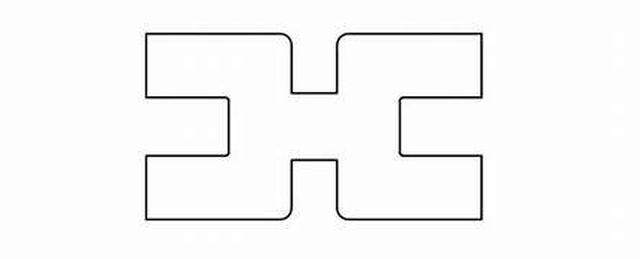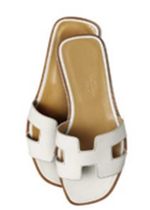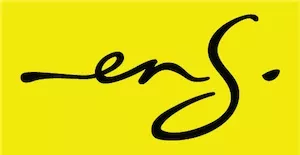- within International Law, Environment and Finance and Banking topic(s)
Where the trade mark forms part of the product
A recent EU trade mark judgment deals with the ever-important issue of trade mark use/non-use. It also deals with the unusual situation of a trade mark actually forming part of the goods, as opposed to simply being applied to the goods.
The case is Hèrmes International v. Markus Bennemann, a decision of the Second Board of Appeal of the EU IP Office ("EUIPO") dated 6 September 2024. In this article, we highlight some of the issues that arose from this particular case.
The trade mark
The trade mark in issue is shown below:

This mark was registered by Hermès on 8 September 2015 in class 25, for clothing and footwear.
The trade mark is applied to women's sandals as shown below:

The cancellation action
In 2022, Markus Benneman filed an application to revoke the Hermès registration for non-use. Although Hermès did file some evidence of use, the EUIPO Cancellation Division upheld the application for revocation. The matter was taken on appeal to the Second Board of Appeal.
Submissions by Hermès
Hermès had much to say about its unusual H trade mark:
- Hermès operates in the luxury market and its goods are expensive;
- Hermès has long used the letter H as a trade mark, particularly in Europe;
- Over the past 25 years Hermès has sold women's sandals that have a 'distinctive cut-out on the front part of the sandals, representing a large stylised H in a single piece'.
- As a result, consumers can identify the brand (Hermès) when the product is worn.
- The products have been very successful – 'these sandals...are unanimously considered by professionals and the interested consumers as ''emblematic''.'
- A survey has revealed that the stylised H has been 'publicly and constantly used...and is perceived by consumers as a sign capable of distinguishing the origin of the product it is used on'.
- The High Court of India has ruled that the stylised H deserves protection as a well-known trade mark.
- The stylised H is unquestionably renowned in the EU, where Hermès earns more than 20% of its turnover.
- The shape of a product can, according to Article 4 of the EU Trademark Regulation, 'distinguish goods and services and therefore function as a trade mark'.
- The contested trade mark is 'used in relation to the surface of the product, on the vamp (upper side), and therefore on a surface visible to consumers, enabling it to perform its distinctive role'.
Markus Benneman's response
The thrust of Markus Benneman's response was that the H trade mark is 'perceived as an ornamental upper part of a shoe and it only shows a variation of basic shapes commonly used for sandals that does not significantly deviate from the industry standards'.
The Second Board of Appeal judgment
The Second Board of Appeal made the following points:
- Genuine use 'requires that the trade mark is used in accordance with its essential function, which is to guarantee the identity of the origin of the goods or services for which it is registered, in order to create or preserve an outlet for those goods or services'.
- The evidence establishes that the trade mark is used in the shape of a sandal vamp.
- Although the Cancellation Division held that 'consumers are not educated to see shapes of products as trade marks,' in this case Hermès 'submitted extensive evidence to corroborate its argument that in the relevant market sector, it is customary to include trade marks in the shape of sandal vamps and that most of the leading sandal manufacturers follow this market practice'. There are photos of Valentino, Fendi, Dolce & Gabbana, Gucci and Christan Dior shoes.
- Consumers are 'used to seeing trade marks that are part of a sandal vamp... a majority of the survey participants trust that they can associate a commercial origin with the shape of sandal vamps.
The result
The Second Board of Appeal annulled the contested decision of the EUIPO Cancellation Division and remitted the case to the Cancellation Division for further examination.
The content of this article is intended to provide a general guide to the subject matter. Specialist advice should be sought about your specific circumstances.


